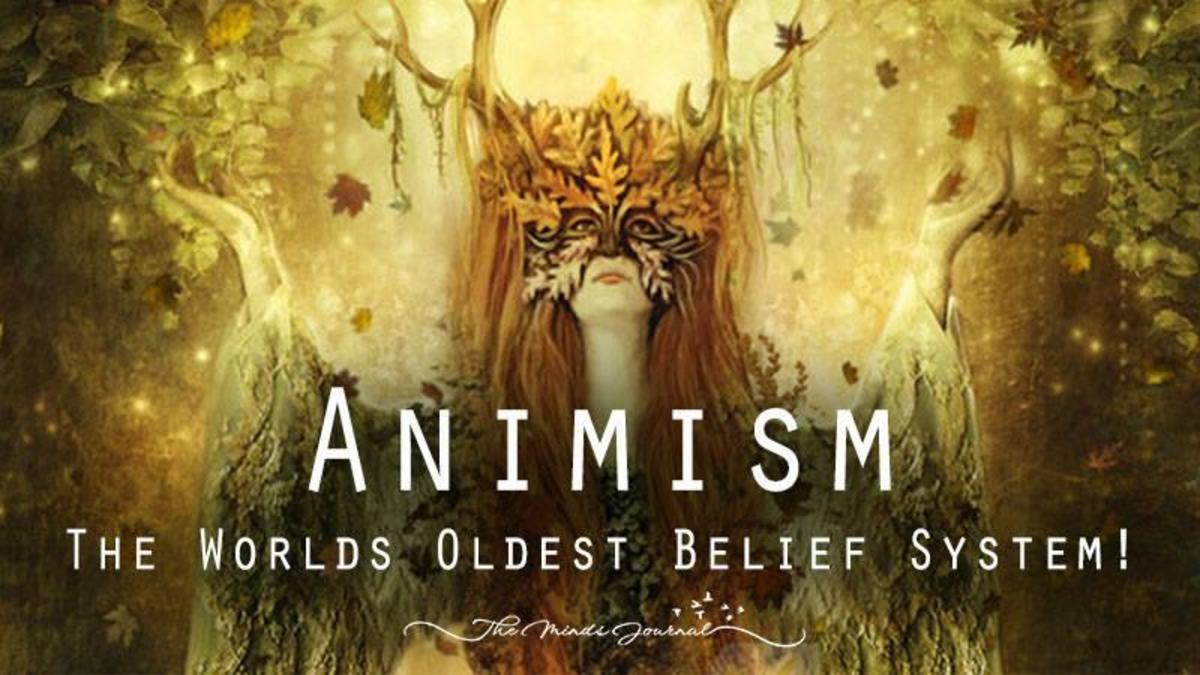

The Role of Animism in Healing
I recently enjoyed watching The Last of the Mohicans and the insight it gave into the Native American spirit and way of life. The opening scene gave an informative view into the Shamanic tradition of animism demonstrating the reverence tribal people had for animals and the Web of Life. In this scene, three hunters chase a Stag through the woods and strike a final blow. As the animal emits its last breath they say a prayer over the dead body.
We do honour to your courage and speed, your strength.
We’re sorry to kill you, Brother.
By honouring and respecting the spirit of the Stag they are living in spiritual harmony with nature. They killed the animal to eat, not for sport, and expressed gratitude for the spirit of the animal leaving its host body to enable them to receive nourishment.
Animism is an ancient belief system that attributes spiritual essence or consciousness to all entities, including animals, plants, inanimate objects, and natural phenomena such as the wind and rain. It is the idea that everything in the natural world has a soul and is animated by a spirit, being alive and interconnected.
Animism is not a single, unified religion but rather a belief system found in various forms across the remaining indigenous cultures. This belief system was prevalent up to 5,000 years ago until urbanization caused humanity to progressively forget about nature and the Web of Life. Each culture may have its own unique practices and interpretations of animistic principles but there are some broad themes:
Spiritual Essence
Animism posits that all things, whether living or non-living, have a spirit or soul. This includes all the expressions of nature including humans, animals, plants, rocks, rivers, and mountains;
Interconnectedness
In animistic beliefs, all entities are interconnected through their spirits. This interconnectedness often leads to a worldview where humans are part of a larger, spiritually interconnected ecosystem. Tribal communities understood that they had a responsibility to be the custodians of nature as part of this web of life;
Respect for Nature
Animism promotes a deep respect for nature and the environment, seeing it as alive and deserving of reverence. This respect often translates into sustainable living practices and rituals to honour the spirits of the natural world. Indigenous shamanic culture also knew the importance of treating the spirits of plants and animals with respect by asking for their permission before using them for food or medicine; and
Communication
Many animistic traditions involve communication with the spirits of nature through rituals, offerings, and prayers. Shamans or spiritual leaders often act as intermediaries between the human community and the spirit world. This communication with the spirits of animals and plants assists with deep healing.
The advent of religion in the West resulted in the patriarchal attitude of dominion over nature which caused a decline of animism in our culture. This has disrupted our connection with nature, traditional healing methods, and the origins of our food. Shopping at supermarkets distances us from natural foods, leaving us unaware of how they were produced or whether animals suffered. While the Christian tradition of saying grace before meals offers a nod to the gratitude of our tribal ancestors, this practice has largely faded in contemporary society.
Contemporary shamanism is bringing shamanic practices back into our culture. Although often linked with ancient or indigenous traditions, animism still impacts contemporary spiritual practices and environmental movements. It encourages a deep connection to nature and advocates for environmental stewardship, highlighting an increasing recognition of the importance of sustainable and harmonious living with the natural world. We can travel on shamanic journeys to seek guidance and healing from spirit allies and to restore balance with Mother Earth and nature.
As a Shamanic Practitioner, I can utilise animism for medicinal purposes and to resolve addictions and dependencies. Some plants such as Cannabis are medicinal but can have a possessing spirit which can create a dependency or addiction. By travelling to meet with the plant spirit and communicating with it the dependency can be resolved, alongside healing the cause. However, the individual will also be required to make lifestyle changes to support the healing.
For further information about Shamanic Healing and the Shamanic Techniques that I use, please go to www.roseautumn.com
